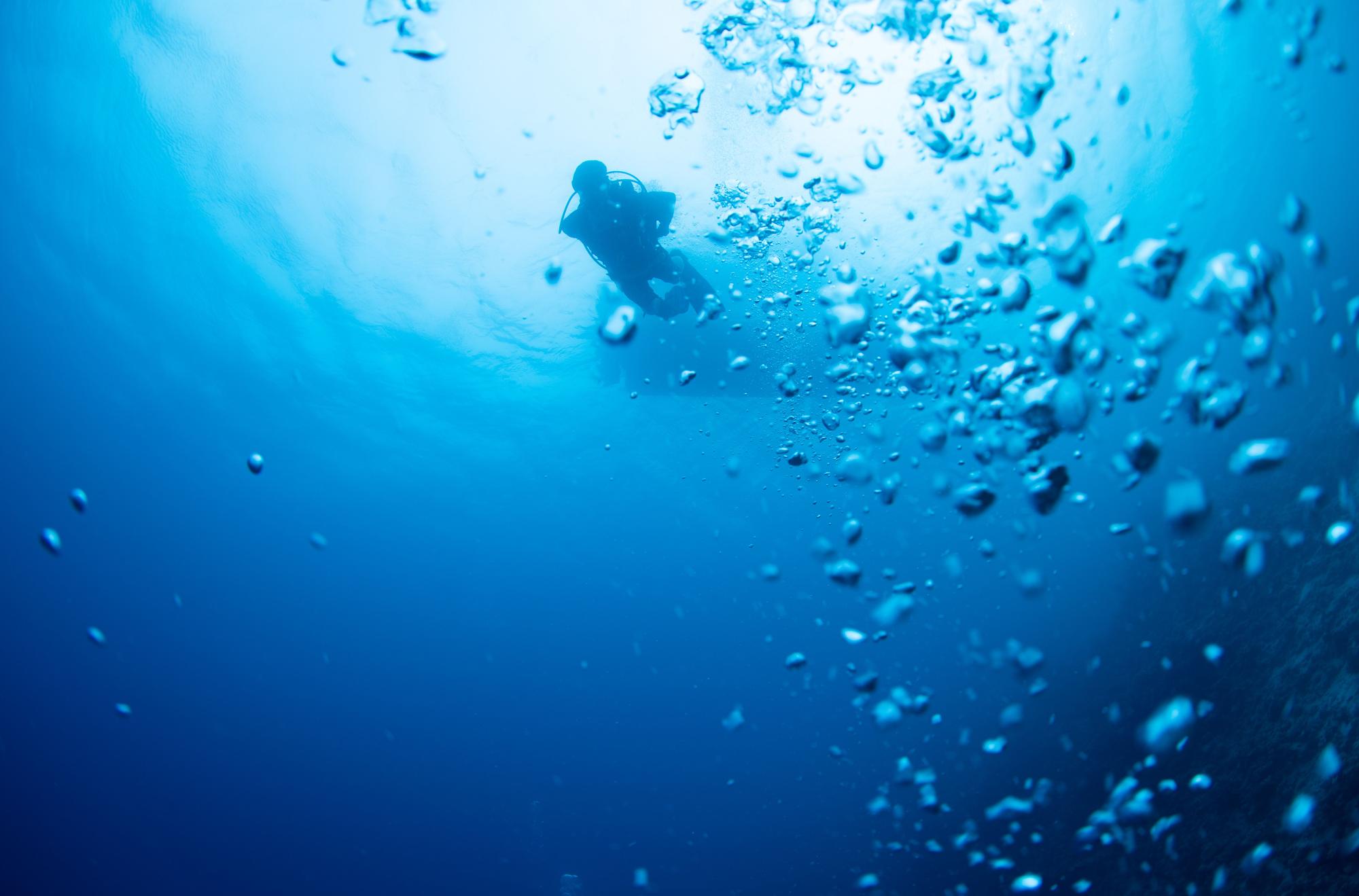Top Three Challenges in Sustainable Marine Construction
At the Red Sea Project, we are working in an extremely sensitive ecological environment with an abundance of wildlife, and it is our responsibility to safeguard this natural environment. However, with that responsibility comes an array of challenges: calculating conversation value, adapting marine construction techniques, and traveling vast distances.
Before construction even began, we partnered with the King Abdullah University of Science and Technology (KAUST) to deliver an ambitious Marine Spatial Planning simulation (MSP) to map out conservation areas at our site. The entire destination is divided into grids, and each grid was given a conservation value. This process was extremely demanding but as a result, only 22 of more than 90 islands in our archipelago will be developed. The key nesting islands of the endangered Hawksbill Sea Turtle have also been designated as no-development zones – a total of nine islands.
However, that is not all we do to protect our ecosystems. In order to ensure that there is as minimal disruption as possible to marine habitats, we have also adapted our marine construction techniques. Night-time working is minimized where possible in order to preserve the extremely sensitive ecological environment of coral, nesting birds, nesting turtles and other species. This helps to reduce noise and light disturbance above and below water to avoid confusing the wildlife. While we work during the day, we always maintain vigilant visual inspection in the water for turtles and other mega-fauna to avoid potential collisions.
As we can only work in the daytime, this of course has an impact on the schedule of construction, as does the routes selected for deliveries of manpower and machinery to our islands. It takes a minimum of five hours to sail a loaded rock barge from the coastguard jetty and 16 hours to sail from our mainland north jetty to our other key development sites.
These routes are not selected for their speed, but to minimize impact on the environment. To save time elsewhere, we must be extremely efficient with the loading, sailing full, offloading, and sailing empty cycle with little room for errors or breakdowns.
Despite the challenges we face in the pursuit of our ambitions to lead the way in sustainable marine construction, we are pleased that progress is well ahead of schedule, with 4.5km of 6.2km of the causeway construction and 4 of 6 construction jetties completed so far.
About Red Sea Global
Red Sea Global (RSG) is a vertically integrated real estate
developerwith a diverse portfolio across tourism, residential,
experiences,infrastructure, transport, healthcare, and services. This
includes theluxury regenerative tourism destinations The Red Sea, which
beganwelcoming guests in 2023, and AMAALA, which remains on track to
welcomefirst guests in 2025.
A third destination, Thuwal Private Retreat openedin 2024. RSG has
also been entrusted with refurbishment works at Al WajhAirport, focused
on upgrading the existing terminal and infrastructure,and building a new
international terminal.
RSG is a PIF company and acornerstone of Saudi Arabia’s ambition to
diversify its economy. Acrossits growing portfolio of destinations,
subsidiaries, and businesses, RSGseeks to lead the world towards a more
sustainable future, showing howresponsible development can uplift
communities, drive economies, andenhance the environment.
www.redseaglobal.com
RSG is the visionary company behind some of the world’s most ambitious
development ventures, including luxury regenerative tourism destinations
such as The Red Sea and AMAALA.
Across its portfolio, RSG leverages the most innovative concepts,
strategies, and technologies to deliver projects that actively enhance
the wellbeing of customers, communities, and environments.



